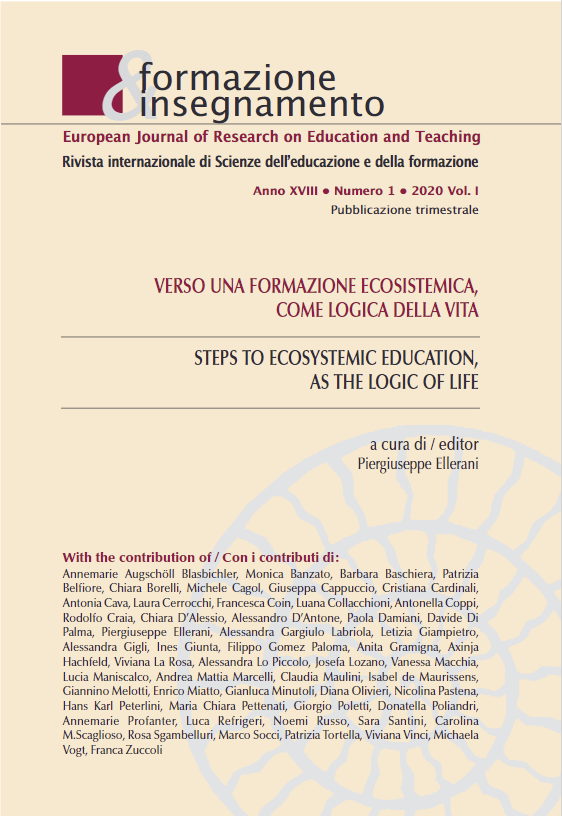Special Needs Assessment Procedures and Realizing Equity: A Contradiction?
DOI:
https://doi.org/10.7346/-fei-XVIII-01-20_12Resumen
Special needs assessment procedures (SNAPs) are well-organized and more or less standardized processes, which are initiated once a child shows difficulties in its learning setting – potentially leading to the child’s enrolment in a special needs school. This possible outcome has a substantial impact on the child’s future. Due to the assessment by different professions, a child might be labelled “a-normal”, a label that might be persistent and depriving the child of certain educational and occupational opportunities. Although SNAPs comprise reoccurring structures, they are heavily dependent on their cultural context, especially regarding their underlying definition of special needs and the “normal” child as assessment criteria to which the assessed child is automatically (and unconsciously) compared. This is why this article looks at SNAPs in different countries (Germany and Italy) and time spans (German partition and present-day) referring to the following research questions: (1) How can SNAPs be theorized in their reoccurring structure as well as in their existing variances? How is an “a-normal” child generated out of an initially “normal” one? (2) How can a theory of SNAPs be transferred onto unique cultural and historical constellations? (3) How do the German and Italian SNAPs relate to the idea of equity and social justice and how does the theoretical approach of SNAPs help to disclose moments of social inequality in general? Using reconstructive research methods as well as international and historical comparative approaches, the analysis shows that SNAPs in Germany are more likely to produce social inequalities than in Italy, as in Italy inequalities are caused by different mechanisms.
Descargas
Publicado
Cómo citar
Número
Sección
Licencia
Derechos de autor 2020 FORMAZIONE & INSEGNAMENTO. European Journal of Research on Education and Teaching

Esta obra está bajo una licencia internacional Creative Commons Atribución 4.0.
Formazione & insegnamento se distribuye bajo la licencia Atribución 4.0 Internacional (CC BY 4.0).
Para más detalles, por favor refiérase a nuestra Política de Repositorio y Archivo, así como a nuestros Términos de Derechos de Autor y Licencia.





